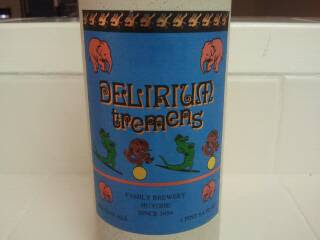Important Terms
Brewing has not only become an art, but it has also become a very specific science. If you’re new to beer (such as I am), or if you’re not very familiar with the brewing process, you may get lost in some of the lingo or terminology. This week we’ll take a look at some of the major terms that everyone should know; even if you’re just the occasional beer drinker.
Ethanol Fermentation (Alcoholic Fermentation): Without getting knee deep into college Chemistry, Ethanol Fermentation is one of many types of fermentation. It’s a natural process that converts forms of sugars (glucose, fructose, and sucrose) into a form of energy. The byproducts are ethanol and carbon dioxide. Beer is created (fermented) in closed containers with a lack of oxygen present. Therefore, the yeast actually performs the fermentation instead of oxygen (known as anaerobic respiration).
 |
| Hops |
Hops: The flower cones of the plant are used to create a bitter flavor in beer, and it also helps preserve the beer. Hops were originally cultivated in the 8th and 9th centuries in Bavaria and other parts of Europe.
Malt: Germinated cereal grains that have been dried in a process called “malting.” Malting is when barley is soaked in water, germinated then dried with hot air to stop the germination.
 |
| Malted Barley |
Specific Gravity: The density of a liquid (or solid) compared to the density of water. Specific gravity (SG) of pure water is 1.00 @ 60°F. Measurements of SG can be taken before fermentation (original gravity), and after fermentation (final or terminal gravity).
International Bitterness Units (IBU): The interpretation of a “bitter” flavor when drinking beer. Although, for practical drinkers (such as myself), this may be a confusing interpretation. “Bitterness” can be less noticeable in a beer with a higher quantity of malt when comparing another with less malt.
Alcohol by Volume (ABV): The good stuff! A measure of the amount of alcohol in a beer – rated in %.
Cask: Closed, barrel shaped container. A cask is the original method for storing and serving beer. Beer served from a cask will be unfiltered and unpasteurized.
 |
| Cask |








